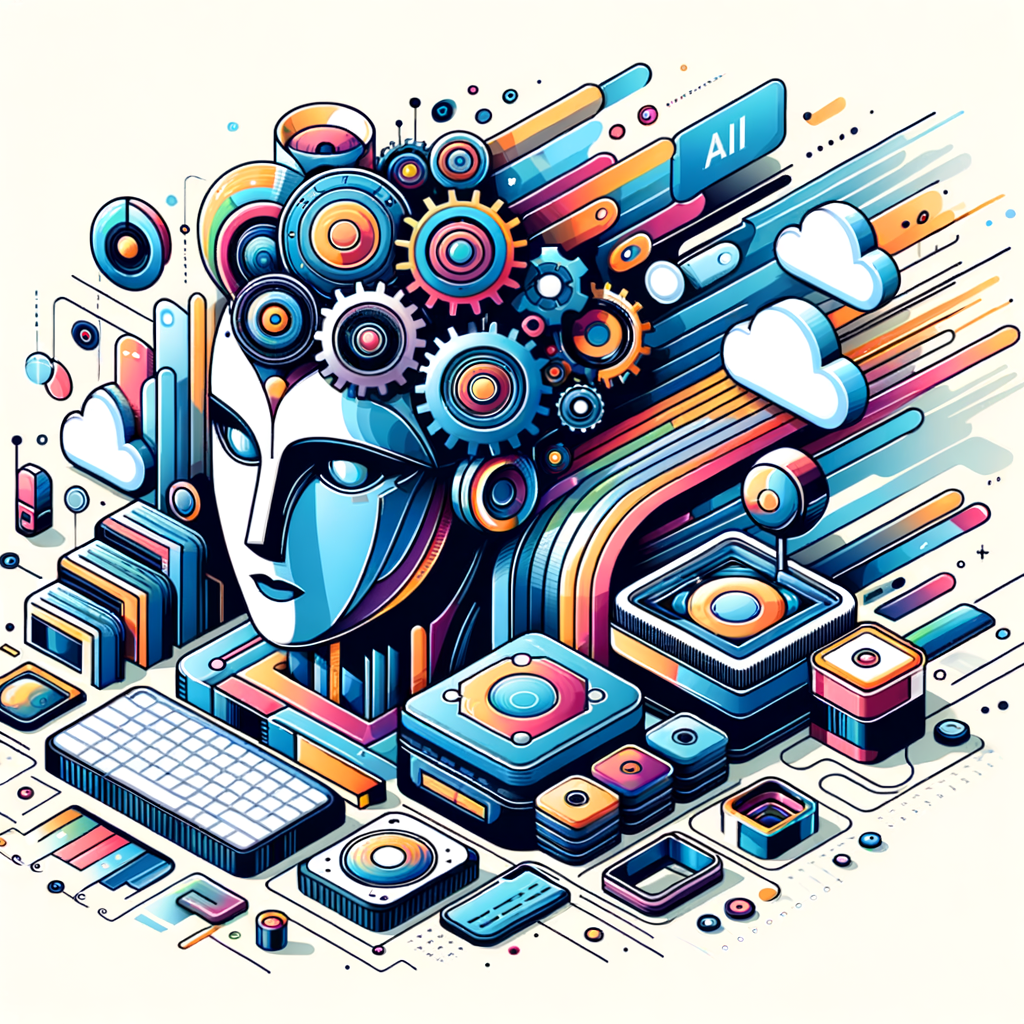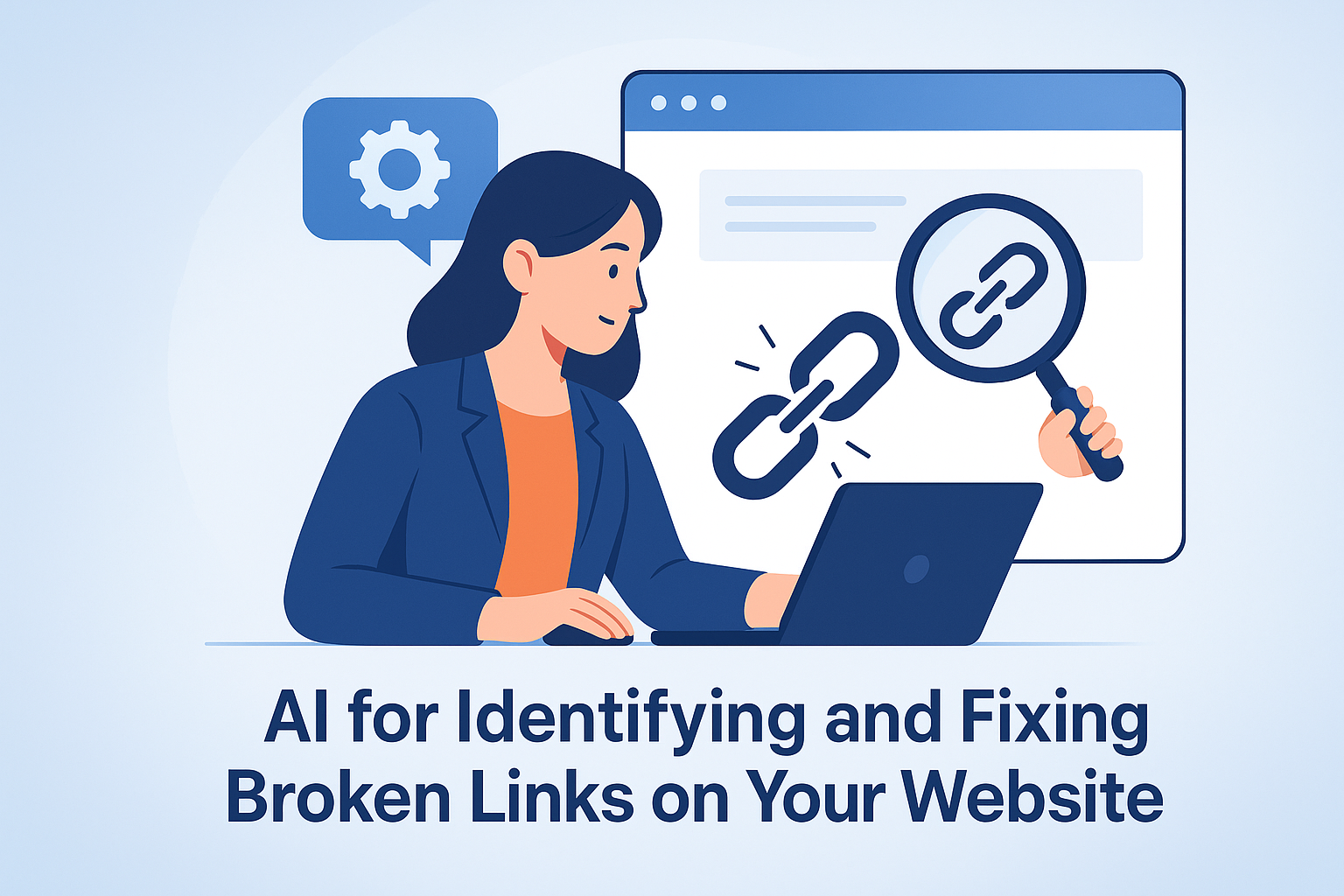Content that’s hard to scan, cluttered, or inconsistent doesn’t just frustrate readers—it silently sabotages your SEO performance.
Search engines prioritize content that delivers clarity, accessibility, and helpfulness. That means content structure and formatting are no longer just cosmetic—they’re a ranking factor.
Poorly structured pages suffer from:
- Low dwell time
- High bounce rates
- Lost featured snippet opportunities
- Missed chances to reinforce topical authority
The good news? With the right tools, AI can now automatically improve the structure and formatting of your content—turning it into a high-performing asset that engages users and ranks better in search.
In this guide, you’ll learn how to:
- Use DIYSEO GPT prompts to identify structural issues
- Improve content flow and format using the SEO AI Writer
- Boost UX and SEO value with internal linking, visual formatting, and schema
- Reinforce optimized content using Link Marketplace
Why Content Structure and Formatting Impact SEO
Google’s goal is simple: Serve helpful content that’s easy to consume.
Well-structured content helps Google:
- Understand page layout
- Extract answers for featured snippets and People Also Ask
- Index content accurately by topic and section
- Improve mobile performance by reducing visual clutter
And it helps users:
- Skim faster and find answers
- Stay longer and engage deeper
- Click more internal links
- Convert more often
Poor formatting = poor rankings.
Core Components of Strong Content Structure
| Element | Why It Matters |
|---|---|
| H1 – H6 Hierarchy | Organizes the page topically for both readers and crawlers |
| Short Paragraphs | Improves readability on mobile devices |
| Bullet Points & Lists | Makes key takeaways instantly visible |
| Subheadings (H2/H3) | Allows skimming and boosts keyword variation |
| Internal Links | Strengthens topic clusters and dwell time |
| Visual Breaks (Images, Tables) | Prevents scroll fatigue and supports UX |
With AI, you can automate the creation, improvement, and formatting of these elements.
Step-by-Step: Improving Content Structure with DIYSEO Tools
✅ Step 1: Identify Formatting and Flow Issues with DIYSEO GPT
Use the Layout & Readability Review prompt in DIYSEO GPT to analyze your pages for:
- Long paragraphs that reduce readability
- Inconsistent or missing subheadings
- Pages with few or no internal links
- Poorly placed CTAs or conversion elements
- Mobile formatting friction
Then follow up in Chat History:
“Which of my top-performing pages need a structure update for better readability and user engagement?”
DIYSEO GPT will highlight priority pages that need formatting upgrades to improve SEO performance.
✅ Step 2: Use SEO AI Writer to Reformat and Reorganize Content
Once you know what pages need improvement, open the SEO AI Writer to:
🧱 Break Up Dense Content
Prompt:
“Reformat this 400-word content block into 2–3 smaller paragraphs with bullet points and an H3 subheading.”
This enhances readability, especially on mobile.
🧩 Create a Clear Content Hierarchy
Prompt:
“Organize this content into a clear H2 and H3 structure that includes a summary section and a CTA at the end.”
The AI will analyze the content’s flow and generate a structured hierarchy aligned with SEO best practices.
✅ Step 3: Insert Internal Links with Contextual Formatting
Strong content structure includes strategic internal links that keep users exploring and Google bots crawling.
Run Page-to-Page Link Suggestions inside DIYSEO GPT, then use SEO AI Writer to insert those links naturally.
Prompt:
“Insert a contextual internal link to our AI SEO checklist from this paragraph. Use the anchor ‘AI SEO best practices.’ Make the link flow naturally.”
You can also prompt:
“Add a ‘What to Read Next’ block with 3 related posts in bullet format.”
These elements improve session depth and help build topical clusters.
✅ Step 4: Add Schema-Ready Sections and Visual Enhancements
Google rewards structured content it can easily parse for SERP features. Use SEO AI Writer to:
- Add FAQs with schema-ready formatting
- Generate tables, comparison blocks, or summaries
- Create schema-eligible how-to steps and definitions
Prompt:
“Add a 3-question FAQ at the end of this article with concise answers. Format them for Google’s FAQ schema.”
Then ask:
“Write a 4-step process with H3 headings for implementing an internal linking strategy.”
You’ll walk away with a format that increases visibility in rich results and featured snippets.
✅ Step 5: Optimize for Mobile Formatting and UX
Run Mobile Performance in DIYSEO GPT to flag:
- Unscannable intro paragraphs
- Oversized or misaligned CTAs
- Missing in-line subheadings or visual breaks
- Content blocks that cause early bounce
Ask:
“What mobile formatting issues are hurting UX on my top 5 blog posts?”
Then use SEO AI Writer to shorten paragraphs, re-order sections, or rewrite CTAs specifically for mobile users.
Prompt:
“Rewrite this CTA to appear in the first screen on mobile and make it tap-friendly.”
Smart Formatting Enhancements AI Can Help Automate
| Element | Formatting Benefit |
|---|---|
| “In this article” outline | Improves user orientation and SEO snippet eligibility |
| Summary boxes | Highlights key points at the top or bottom of content |
| Expandable FAQs or accordions | Improves UX while reducing on-screen clutter |
| Embedded links and footnotes | Reinforce E-E-A-T with credibility and context |
| Sticky CTAs or in-line buttons | Drive conversions without disrupting UX |
Use the SEO AI Writer to generate or rewrite each of these in minutes, using consistent tone and formatting standards.
Promote Structured Content with Link Marketplace
Once you’ve improved structure and formatting, use the Link Marketplace to promote your optimized content and boost authority.
Strategy:
- Select a fully structured, recently reformatted pillar page (e.g., “AI SEO Strategy Guide”)
- Filter Marketplace by:
- Niche: SEO, Tech, SaaS
- DA: 40+
- Language: English
- Build 3–5 backlinks to increase crawl frequency and topical authority
This reinforces your optimized structure with external trust signals—leading to faster ranking and broader visibility.
Real-World Example: Content Structure Optimization
Problem: A 2,200-word tutorial on “AI SEO Tools” ranked on page 2 despite strong keyword targeting.
DIYSEO Fix:
- Ran Layout & Readability Review → Flagged 4 long paragraphs and missing H2s
- Used SEO AI Writer → Broke up content, inserted 6 subheadings, and added bullet lists
- Added internal links via Page-to-Page Suggestions
- Created a 3-question FAQ with answers formatted for schema
- Promoted via Link Marketplace
Results:
- Page moved from position 14 to position 5 in 3 weeks
- Bounce rate dropped by 28%
- Average session duration increased by 39 seconds
- Page appeared in a featured snippet for “best AI SEO tools 2024”
Final Thoughts
Content structure and formatting are foundational to SEO performance—but they’re often inconsistent or neglected.
With DIYSEO, you can:
- Audit structure and readability with DIYSEO GPT’s expert prompts
- Reformat and rewrite content using SEO AI Writer
- Build authority and crawlability by promoting optimized pages via Link Marketplace
Well-formatted content doesn’t just look good—it ranks better, converts better, and delivers a better user experience. AI makes it scalable.
Frequently Asked Questions
1. What are AI-powered strategies for improving content structure and formatting?
AI-powered strategies for improving content structure and formatting involve utilizing artificial intelligence tools and machine learning algorithms to enhance how digital content is organized, styled, and presented to the audience. These strategies include automating the process of identifying optimal content layouts, suggesting headings and subheadings, recommending sentence restructuring for clarity, and even formatting text for engaging readability. By analyzing vast amounts of data, AI can determine the best ways to arrange content to meet the preferences of different target audiences, creating a more impactful reading experience.
2. How does AI help in optimizing content for different platforms?
AI helps optimize content for different platforms by adapting the content’s structure and formatting to fit the specific requirements and constraints of each platform. For instance, AI tools can auto-generate headlines and metadata for search engines, format content for mobile and tablet views, or modify paragraph lengths and image placements for social media formats. Leveraging tasks like these frees up human time for creative endeavors while ensuring that content is tailored to capture the audience’s attention effectively, regardless of the platform.
3. Why is AI a game-changer for content creators in terms of structure and format?
AI is a game-changer for content creators when it comes to structure and format because it virtually removes guesswork from content development. With AI’s ability to learn from data patterns, AI tools can analyze what works best for engaging audiences and maintaining their interest. Content creators can produce pieces that are precisely structured and formatted according to characteristics known to captivate readers—such as optimal paragraph lengths, strategic placement of visual elements, and logical content flow—leading to higher engagement rates and improved readability without manual tweaking and tedious trial and error.
4. Can AI personalize content structure for individual readers, and if so, how?
Yes, AI can personalize content structure for individual readers by analyzing data related to user preferences and behaviors. Through AI algorithms, content can be dynamically adjusted in real-time to better align with a reader’s past interactions, location, device type, or even particular interests. For example, content might be restructured to prioritize sections of interest to the user, show more relevant examples, or simplify complex terminologies. This personalization creates an experience where readers feel content is uniquely relevant to them, which significantly enhances user satisfaction and engagement levels.
5. What are the potential challenges when using AI to improve content structure and formatting?
While AI offers numerous benefits to content structuring and formatting, some challenges exist. One such challenge is the dependency on high-quality, comprehensive data to train AI algorithms; without this, the tool’s effectiveness may be compromised. Also, AI tools may face difficulties understanding nuanced human emotions and cultural contexts in content, which could lead to inappropriate content suggestions or formatting. Additionally, integrating AI into existing content workflows can be complicated and may require significant upfront investment. Furthermore, over-reliance on AI could potentially reduce the authenticity and creativity that human content creators bring. Therefore, a balanced approach, combining both AI efficiency and human intuition, is crucial for addressing these challenges.



